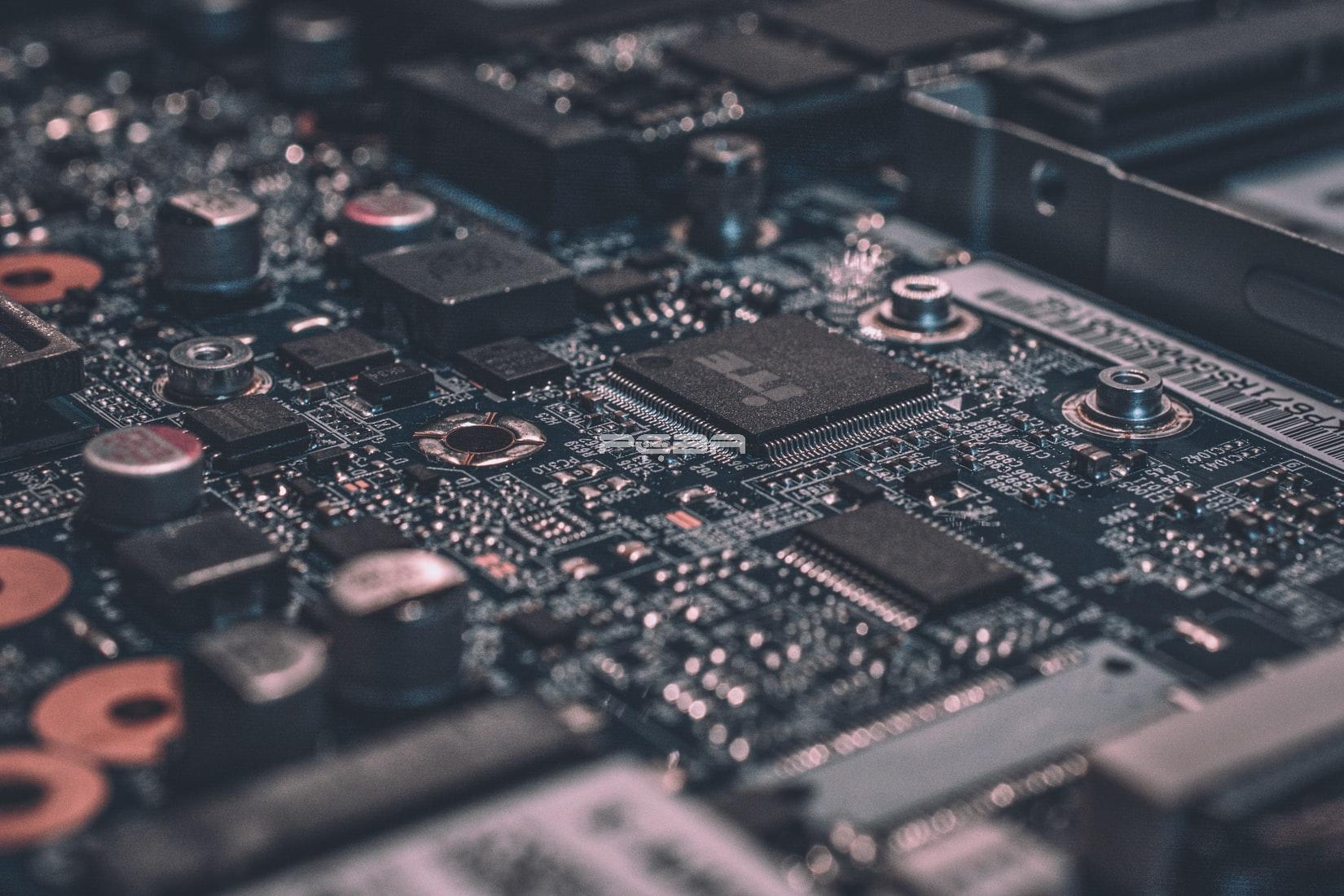General, quoting & support.
Add: Building E, No.58, Nanchang Road, Xixiang , Baoan District Shenzhen City, Guangdong, China
Tel : 0755-27348887
Fax : 0755-27349876
E-mail : svc@pcbastore.com
Circuit Board Transistor Explained in Detail
Simon / 2021-02-24
Contents [hide]
Before you understand how a circuit board transistor works, you need to know the transistor itself and what you need to look for when making your choice. Knowing how to test a transistor circuit board is essential before you buy one.

What is a Circuit Board Transistor?
Transistors are pieces of equipment that manage the movement of electrons and, as a result, also control electricity. That means they are the ones that start and stop the flow of electric current. Their primary purpose is to either amplify or switch the specific amount of electronic signals moving through a circuit board.
Types of Circuit Board Transistor
Transistors are in two different types that are NPN and PNP, each with different circuit symbols. The transistors are made from semiconductor materials, and each of the two has different kinds of layers. The most common transistors are NPN made from silicon, being the easiest to make. It is always essential for any beginner to start by learning about the NPN because they are the easiest to understand. It will be easy for you to learn the entire transistor and the different types if you understand the NPN.
How to Read Transistors on a Circuit Board
Transistors are created in different styles, and they are all different, with PNP and NPN being the most common types. The first step is to learn about the transistors and to know how to read a transistor circuit board. After you know how to read them, the next thing you need to learn is how to test them.
Here is a step-by-step guide on reading the transistor on a circuit board.
Testing the transistors is important because you can tell whether it will help you or not. Begin by finding the marking near the transistor or below it.
Look for, and a line and an arrow pointing from the end of a triangle or the sides and a line underneath that seem to connect them.
Use the line coming out of the left as the base unless the transistor does not have that line. In case the line is missing, then the metal housing is the one that acts as the base.
It would be best if you positioned the transistor making sure the line coming out is facing the left side.
Ensure you identify the triangle's position and point it out because the NPN collector will be pointing up while the PNP collector will be pointing down.
How to Test a Transistor on a Circuit Board
Transistors perform an essential role in circuits, and it is vital to be sure they are working. If they are faulty, they cause the failure of the circuit. That is why it is essential to test them to ensure they are functioning as expected. Before you begin the process, make sure you know what you are supposed to do. Here is a step-by-step guide on testing a transistor on a circuit board.
Step One
Ensure there is no power flowing in the circuit when testing the transistor by switching it off. After that, unplug the AVC power cord and remove the battery. Ensure there is no power on the board and then touch both terminals on a capacitor simultaneously with a metal. Ensure you use a screwdriver insulated at the end where you are holding to avoid cutting off the stored power.
Step Two
Look out for the base, Collector, and emitter leads of the transistor you are testing. Some transistors have the leads labelled for easy identification. They will have B, E, and C on them. To be sure, you should ask an electronics supplier for a catalogue by being sure of the leads' orientation. Each transistor has different positions of the tips, and that is why you should be confident.
Step Three
In step three, you should set the digital multimeter to a diode setting if it has one, otherwise use the ohms setting. Set the transistor using the low ohms scale if it has an analogue environment.
Step Four
Check the collector reading in both the base-collector directions and touch one lead from the meter to the base lead while you place the other on the collector lead. Check the reading and exchange the tips. If the transistor is ok, it will show a reading in one direction and infinity in the other.
Step Five
You need to check the emitter reading on the base in both directions while touching one lead to the base and the other to the emitter. After checking the meter, reverse the leads to read in the opposite direction. Just like step four, expect one reading to show about 600 and the other infinite reading.
Step Six
If you find the numeric reading is not close to 600, you need to remove the base lead as other components may affect the reading. Melt the solder holding the base lead to the circuit board and disconnect the information from the circuit board. Test both directions from the base to the collector-base to the emitter using the meter. Using the soldering iron, melt the solder and push the lead and replace it into the board's hole when you finish taking the meter reading.
Step Seven
After testing, you should know whether the base-emitter or the collector readings show zero in both directions, or you notice both are showing infinite tasks. Zeros are an indication of a short while. And the infinities are an indication of an open diode within the transistor.
While if you want to learn more about how to fully test circuit board, feel free to check here.
Conclusion
It is essential to know the transistor you want to use before buying one. There is a wide range of varieties available in the market, and it is necessary to make sure you have the right open for you. Most of the suppliers will categorize the transistors depending on their use or power rating.
Simultaneously, if you are not familiar with transistors, it is essential to consult an expert to make sure you do not make the wrong choice. What you need the transistor for will determine the best one for you.







